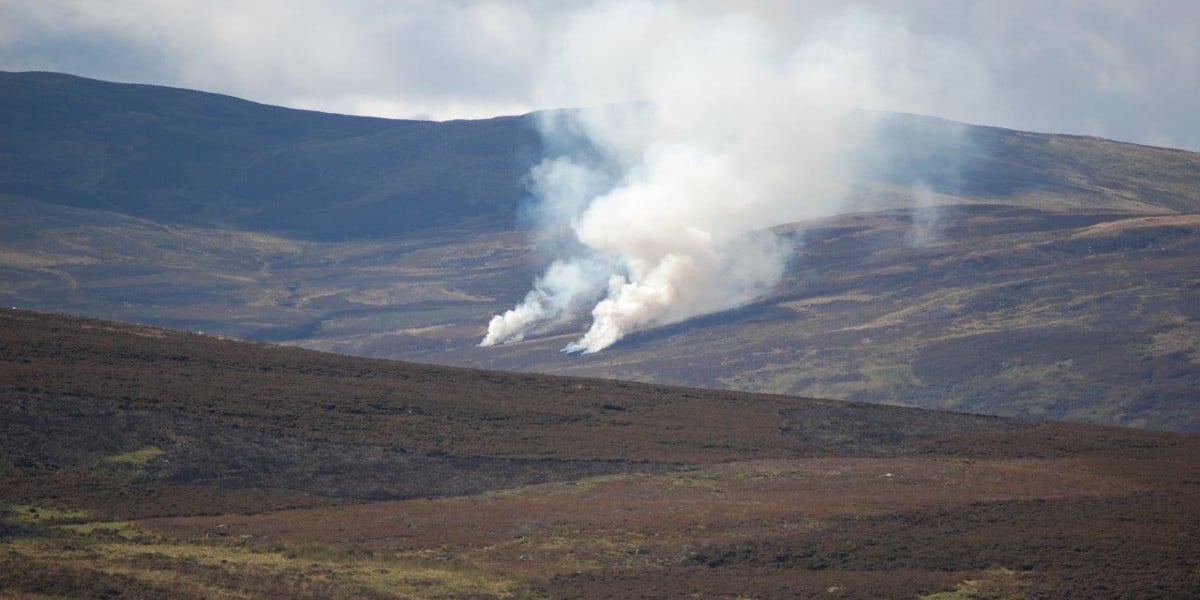
Conservation and Country Sports
Many visitors to Scotland may be unaware of the considerable influence that shooting, stalking and fishing has on the landscape and on the wildlife. The influence of farming and forestry are obvious but the influence of country sports is much more subtle.
The most obvious feature of Scotland’s landscape is its “open” nature, whether in the Highlands or on the uplands of southern and central Scotland. In fact, 40% of Scotland is open heather moorland and while much of this supports livestock, the most important driver of management is the red grouse.
New research has shown that good grouse moor management not only benefits the grouse, but many other upland birds as well. Good management includes rotational muirburn – when strips of older heather are burned in the winter and early spring to ensure that the heather is of varied age and structure, with young heather available for grouse and sheep. Good management also involves the legal control of pest and predatory species. Without the control by gamekeepers of foxes, crows, stoat and mink many ground-nesting birds such as curlew, golden plover and snipe would soon disappear.
In fact, without grouse moor management, much of our open landscape would be lost – moorland that was not managed for grouse was much more likely to have been lost to afforestation over the past 50 years.
Red deer, in most of their European range, are creatures of the forest and forest edge. However, as much of Scotland lost its woodland cover over the past 500 years, and heather moorland was favoured for grouse shooting and sheep farming, red deer adapted to this new environment. With management centred around open hill deer stalking we now have a population of possibly 400,000 red deer stretched over large areas of both upland and lowland Scotland. While there has to be continued management to protect the health of the herds as well as important environmental features, and to ensure the regeneration of native woodland, sporting deer stalking is growing in popularity and for many visiting hunters the spectacle of large herds of stags or hinds is something that is rarely forgotten.
Sporting interests have also maintained the condition of many of Scotland’s rivers and lochs, so important for trout and salmon fishing. Ongoing management, including restocking, improving the river bed, reducing predation and illegal fishing and the introduction of catch and release policies on many rivers, is often unseen. However, with this effective management we have rivers such as the Tweed, the Tay and the Spey that have both a rich cultural and sporting history and a promising future.
It is not just the hills and rivers that illustrate the strong links between sporting management and conservation in Scotland. Scotland covers 7.8 million hectares and, of this, some 4.4 million hectares are influenced by shooting and 0.7 million hectares directly managed for shooting. In addition, shooting interests spend £43 million on habitat improvement, such as planting woodlands for gamebirds such as pheasants and creating wetland areas for wildfowl, and on wildlife management.
No matter where you are in Scotland you are never far from magnificent scenery, diverse habitats for gamebirds, deer, trout or salmon. The presence and ongoing management of the hunter’s quarry, whether that is pursued with a shotgun, rifle or a fishing rod, is a key factor in maintaining Scotland’s countryside as it is.
Dr. Colin Shedden
BASC Scotland
